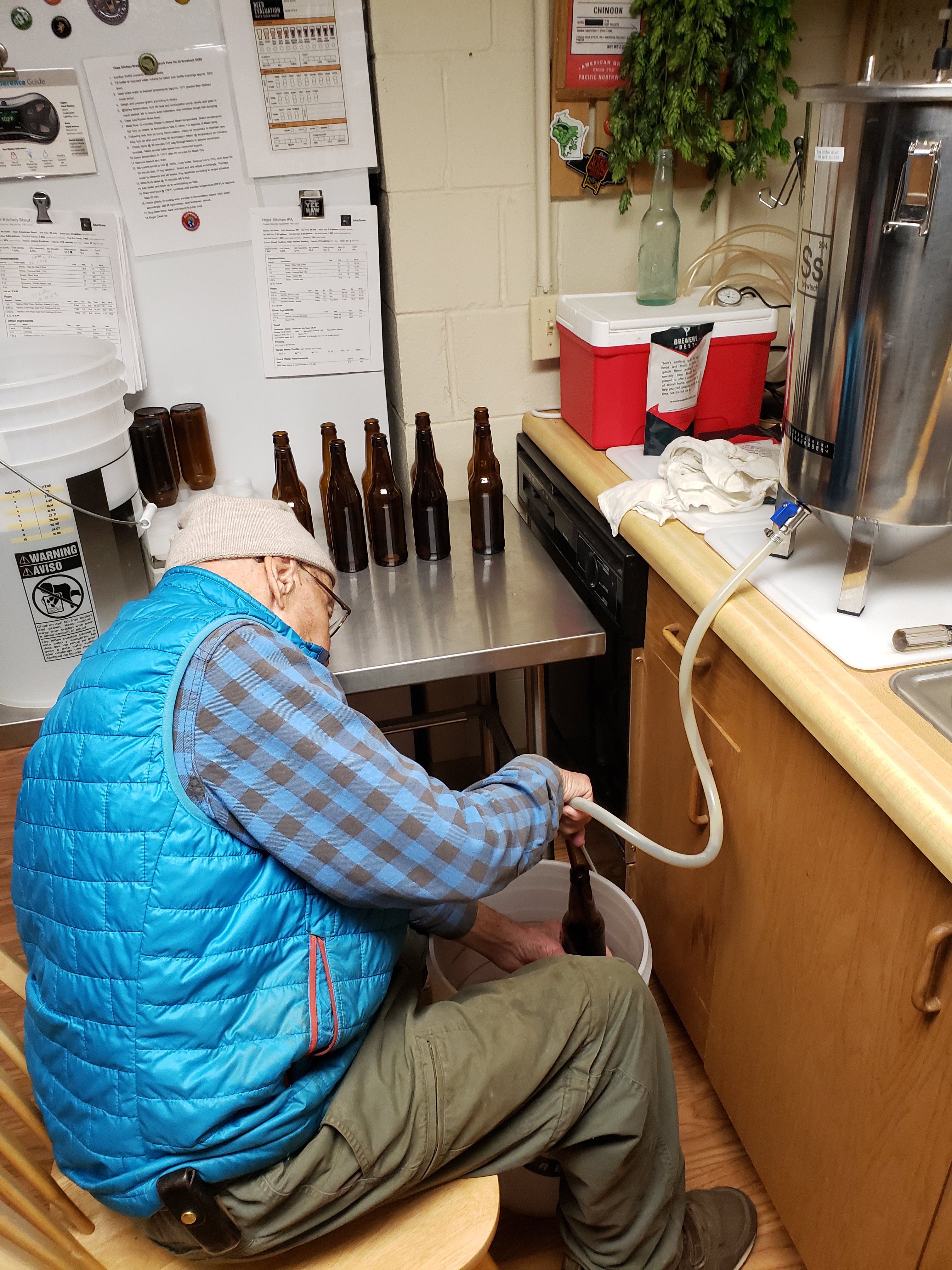I always thought the bottling wand was to make a correct headspace for any CO2 that is created during the carbination process. If you fill to the top, aren't you risking pressure and possible bottle bombs?
My bottling process is pretty simple. I move the fermenting bucket to the counter over the dishwasher. I let it sit there for a few hours while I clean and sanitize my wand, and tubing. I then pour some Starsan in a small bowl and dump the caps in them. I take a 12 pack of bottles at a time, open the dishwasher and bottle on the door so that any spillage sits on the inside of the dishwasher door and it not all over the floor. Once I am done with 12, I cap and put into my boxes and they go into the closet for a week or so before I pull one or two to see where we are.




